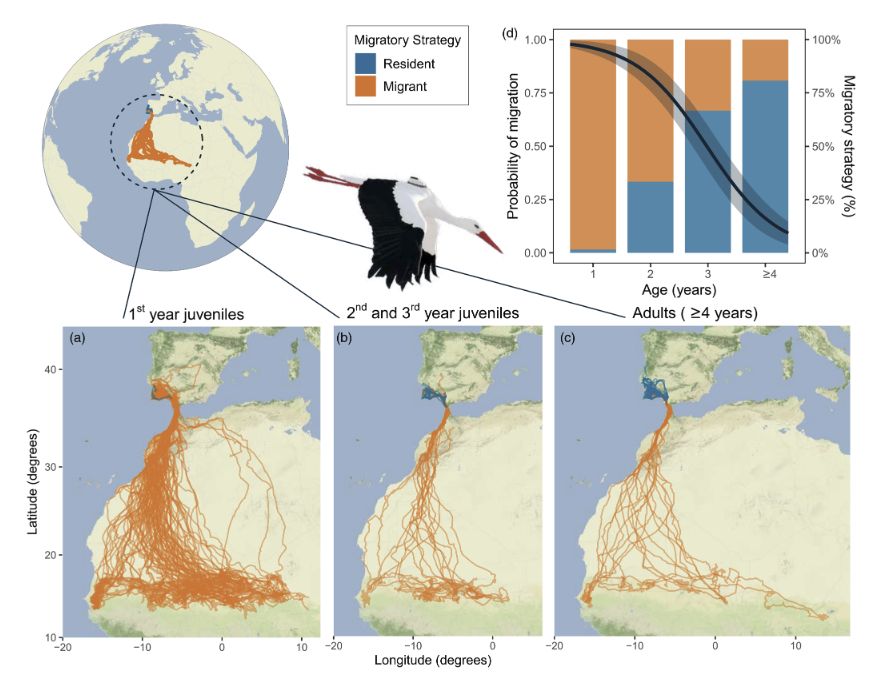
University of Vienna & Masaryk University, Brno.
Microclimate, mountains, grasslands, species distributions & climate change 🌱
Nevertheless, after nearly two years, the paper is finally published.

Nevertheless, after nearly two years, the paper is finally published.
The rise of microclimate data may have opened Pandora’s box. Gone are the days of simple bioclimatic variables — now heads spin trying to summarize these timeseries.
A much-needed paper by @krystofchytry.bsky.social:
🔗 the3dlab.org/2025/11/11/h...

The rise of microclimate data may have opened Pandora’s box. Gone are the days of simple bioclimatic variables — now heads spin trying to summarize these timeseries.
A much-needed paper by @krystofchytry.bsky.social:
🔗 the3dlab.org/2025/11/11/h...

The rise of microclimate data may have opened Pandora’s box. Gone are the days of simple bioclimatic variables — now heads spin trying to summarize these timeseries.
A much-needed paper by @krystofchytry.bsky.social:
🔗 the3dlab.org/2025/11/11/h...





ai-2027.com/race

ai-2027.com/race
👉https://besjournals.onlinelibrary.wiley.com/doi/pdf/10.1111/1365-2656.70035

👉https://besjournals.onlinelibrary.wiley.com/doi/pdf/10.1111/1365-2656.70035

Freedom of speech, critical thinking, and open discussion are core values of the university community. In recent months, these principles have become less and less compatible with the algorithms and policies of X.

Thanks ❤️
Thanks ❤️
It takes a maximum of two minutes!
Great thanks to all who contributed. 💚
docs.google.com/forms/d/e/1F...

It takes a maximum of two minutes!
Great thanks to all who contributed. 💚
docs.google.com/forms/d/e/1F...

docs.google.com/forms/d/e/1F...

docs.google.com/forms/d/e/1F...
I used 1 m2 resolution topography, interpolated microclimatic variables, soil properties and snow from permanent cameras. We also gathered multispectral data with a helicopter.

I used 1 m2 resolution topography, interpolated microclimatic variables, soil properties and snow from permanent cameras. We also gathered multispectral data with a helicopter.
Klara Klinkovska from @milanchytry.bsky.social's lab analyzed the changes in species composition across habitats in the 🇨🇿.
Our new article in Global Change Biology, led by Klára Klinkovská, reveals how the plant species composition in treeless vegetation has changed over the last 50 years.

Klara Klinkovska from @milanchytry.bsky.social's lab analyzed the changes in species composition across habitats in the 🇨🇿.

-> If you see this post, quote with a bridge from your gallery.
Georgia, vegetation sampling in 2017. I'd been listening to the Goodbye Blu Sky by Pink Floyd while driving over. Remember this very well. 😅

-> If you see this post, quote with a bridge from your gallery.
Georgia, vegetation sampling in 2017. I'd been listening to the Goodbye Blu Sky by Pink Floyd while driving over. Remember this very well. 😅
bsky.app/starter-pack...
bsky.app/starter-pack...
You might have heard about some trials of using hemi-parasitic plants to enhance biological restoration of grasslands. Yet it has been documented only from a few small experiment. However, a few years ago, Jakub Tesitel carried out an experiment to test this in different macroclimates.

You might have heard about some trials of using hemi-parasitic plants to enhance biological restoration of grasslands. Yet it has been documented only from a few small experiment. However, a few years ago, Jakub Tesitel carried out an experiment to test this in different macroclimates.
International Mountain Conference, this September 2025 in Innsbruck.
Join our focus session at the International #Mountain conference #IMC25 in Innsbruck - now open for abstracts!
tinyurl.com/36ky587t
w/
@niittynen.bsky.social @jlembrechts.bsky.social @krystofchytry.bsky.social

International Mountain Conference, this September 2025 in Innsbruck.
Juncus jacquinii grows only in the Alps and northern Apennines. It prefers rather moist grassy sites within the alpine, usually not above 3'000 m.
Named after N. J. von Jacquin, a professor of botany and dir. of the botanical garden at @univie.ac.at


Juncus jacquinii grows only in the Alps and northern Apennines. It prefers rather moist grassy sites within the alpine, usually not above 3'000 m.
Named after N. J. von Jacquin, a professor of botany and dir. of the botanical garden at @univie.ac.at



